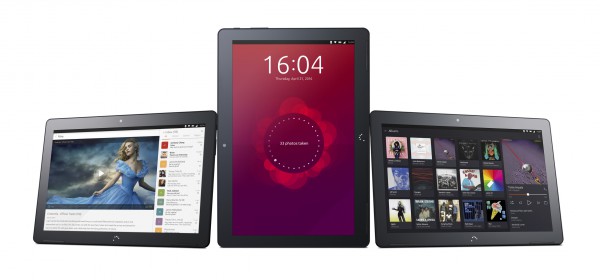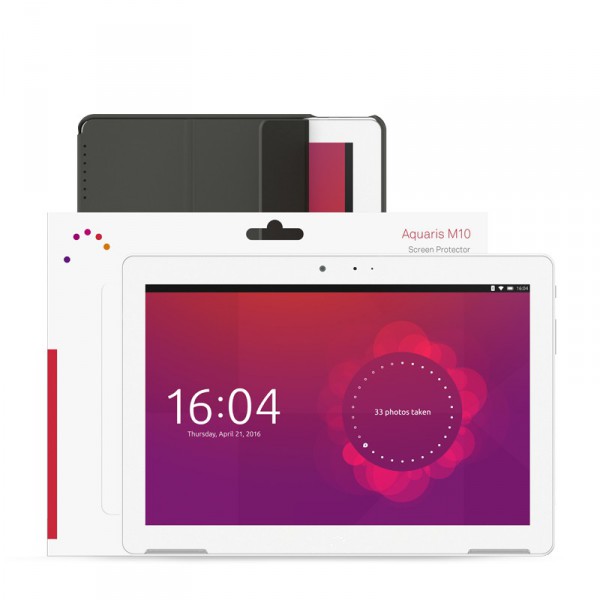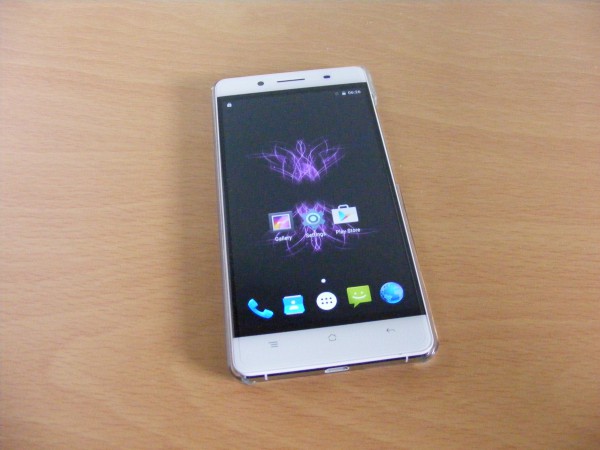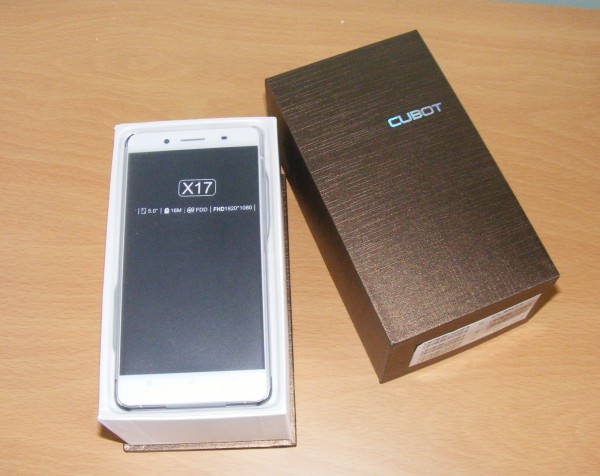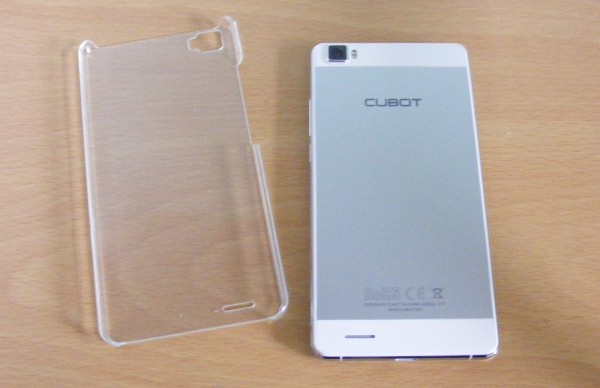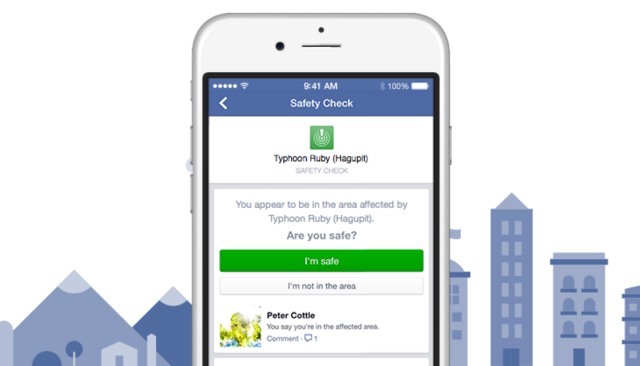
Bricks and mortar businesses have been in the dark. They were blinkered to what was happening within their locations, and how customers were interacting with the space. There was huge potential to fail to engage with customers effectively, repeating marketing mistakes continuously.
Meanwhile, their online counterparts had a huge advantage -- website analytics. It gave them an expanse of data sources to explore. If they asked the right questions and found the answers, they could understand every step of their customers’ journeys. They could continually optimize their offer -- and give customers what they wanted.
Now, the same opportunity is being given to physical spaces. Instead of Google analytics, they can have a triple-layered "physical web" at their disposal, comprising hardware (data-collecting sensors or beacons), channels used to communicate data (for instance, WiFi, Bluetooth or cellular), and the resulting intelligence that can be gathered.
Now, intelligent physical spaces can mine precious information from a wide spectrum of data points, such as sensors, security cameras, WiFi, and weather stations. Overlaying insights about customer journeys, dwell times, heat mapping and zone information onto purchase pattern data, they build a clear picture of how their space is working -- or not.
This wealth of data can be used to shape anything from store interiors to marketing strategy. For instance, the data collected may suggest essential changes to the layout of the space, or an ideal time and place for customers to receive bespoke offers direct to their mobile devices.
Purple customers have been finding this invaluable to date. To give a couple of examples, a shopping centre in Perth, Australia, discovered that a huge percentage of its visitors were from the nearby university, and that over 50 percent of them were Asian. This prompted it to introduce the Asian social media login "Weibo", resulting in dramatic login increases.
One sports retailer kept their high margin apparel in a certain area of the store. Analyzing data from a variety of sources within its intelligent space has helped it to redesign its signage. It is now more effective in steering customers towards these high value items -- and sales have increased.
At last, it’s possible for physical spaces to employ data-driven, real-time marketing methods en par with those used by online businesses. These targeted, timely interactions provide clear business benefits, while also improving the customer experience.
This is a prime opportunity for businesses to align their online and offline marketing and deliver a consistent brand experience. The potential to transform the planning and efficiency of physical spaces is incredible. We look forward to seeing businesses in a wide range of sectors reap the rewards of this new advantage.
Gavin Wheeldon is CEO of Purple, formerly Purple WiFi.
Published under license from ITProPortal.com, a Net Communities Ltd Publication. All rights reserved.
Image Credit: Tashatuvango / Shutterstock



